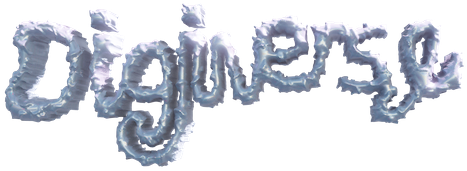What we can learn from the King Kylie era
Nostalgia for Kylie Jenner’s Instagram in the mid 2010s says a lot about how influence has changed
2023-05-25
Up until a few months ago, Kylie Jenner was the most followed woman on Instagram (she’s now number two), so it’s no surprise that the app is awash with fan pages documenting her every fit pic and story post. But one such page, @thekingkyliefc, stands apart for its daily posting of Kylie kontent that’s immediately recognisable as un-kontemporary — filtered selfies of Kylie in the early lip kit days or wearing peak Instagram baddie outfits of bygone. Thekingkyliec’s mission is simple — as their bio reads, the page is “all about kylie's best era”.
Kylie’s best era is, according to the fan page, the mid 2010s — a time more fondly known as the King Kylie era, in reference to her self-imposed online moniker at the time. These were Kylie’s teenage years and, in line with the spirit of adolescence, her most aesthetically adventurous era. When Kylie dip-dyed the ends of her black lob turquoise, she launched a trend that saw young women DIY-ing colourful (and questionably executed) ombres for years to come. She was also on the cusp of beauty icon status — her newly plump lips and distinctive lip shade were so sought after that she up and created the Kylie Lip Kit so all of us could get the look, the first step in her now vast cosmetics empire. Plus, in contrast to her stereotypically beige-and-Benz Calabasas upbringing, King Kylie was… kwuirky. Not only did she rock rainbow hair colours, she also tapped into Tumblr trends — alternifying her glam look with grunge flannels tied around the waist and band t-shirts. Her mix of aspirational glam and alt made her an unstoppable trendsetter — the stack of Cartier love bracelets she wore frequently in Instagram posts was the most searched jewelry item in 2016.
And thekingkyliefc is not the only one revisiting mid-2010s Kylie — across TikTok, creators are nostalgically reflecting on, for lack of a better term, the utter slay of it all. But what is it exactly that draws us all to the King Kylie era? For starters, it was still relatively early days for influencers, meaning the corresponding visual landscape wasn’t totally saturated yet. When Kylie posted a new look it felt fresh longer and, crucially, more difficult to duplicate. For months, we were left guessing what exactly Kylie used to get her signature lip look, with professional makeup artists weighing in. In today’s GRWM-fueled contentscape, where gatekeeping is considered a grievous crime and successful media formats depend on celebrities bringing us inside their routines (looking at you Vogue Beauty Secrets), what Kylie wore on her lips would likely be revealed much sooner. And once the cat is out of the bag, it’s only a matter of time until it’s a viral trend. And once it’s viral, it’s not long until it’s over-done and out.
So looking at relics of the King Kylie era reminds us of a time when social-driven trends felt exciting, rather than doom-filled reminders of how social media has accelerated our consumption. And whilst commenters and creators are constantly calling on Kylie to bring it back, it’s not that simple. If she started using Instagram filters again or even wearing the dip-dye and lip liner that had us all in a chokehold, it might break the internet for a while, but we’re all too aware of the powers of nostalgia-baiting to see it as anything but. The dynamic has shifted. Rather than setting trends, Kylie is looking to TikTok for cues on where the money is (literally) — last summer she tweeted a hint that a King Kylie collection might be in the works. King Kylie’s not coming back — not in a way that would do us any real good — but we can still learn from what we loved about her reign.

Welcome to the Digiverse, your portal to internet enlightenment.
From IRL to URL, digest the best of algorithm-driven culture – news, trends and insights – powered by The Digital Fairy.










